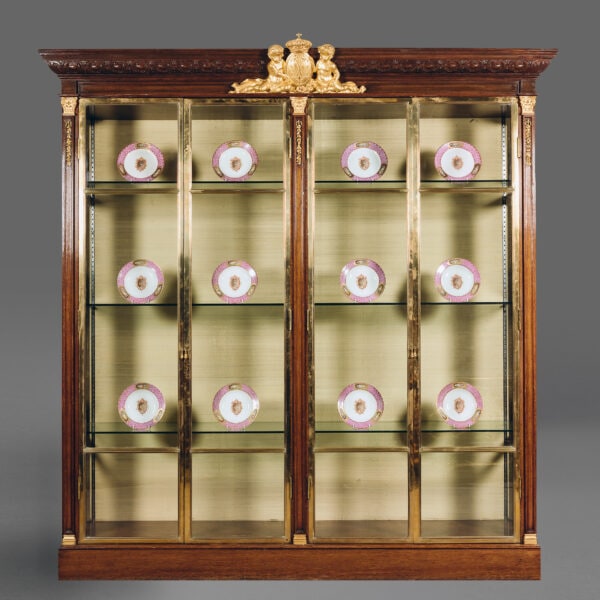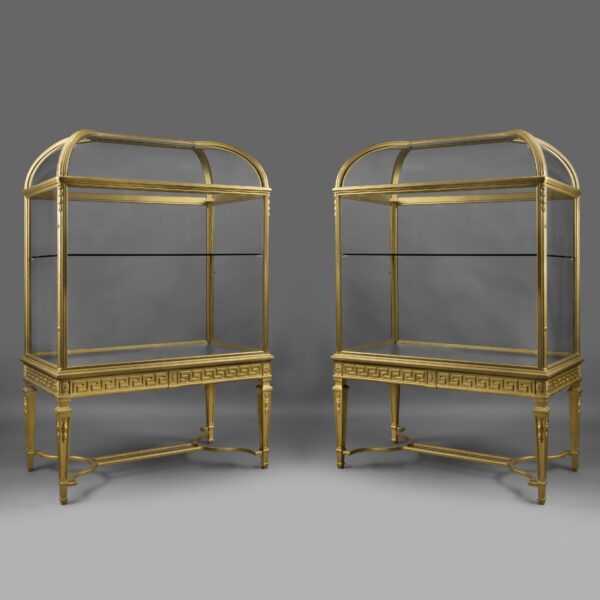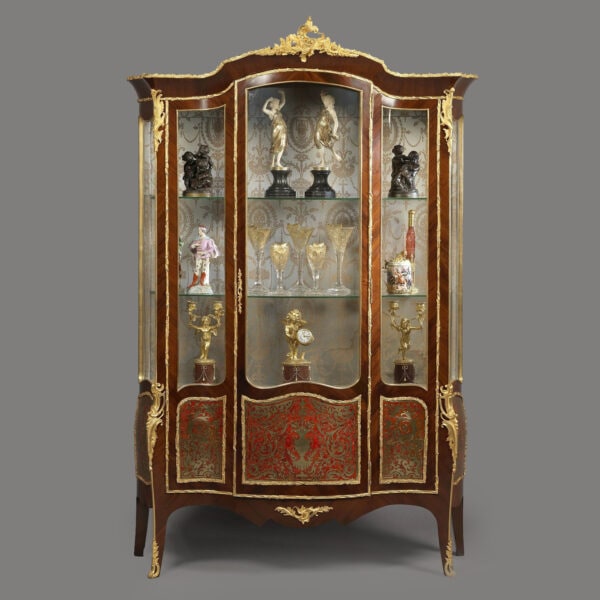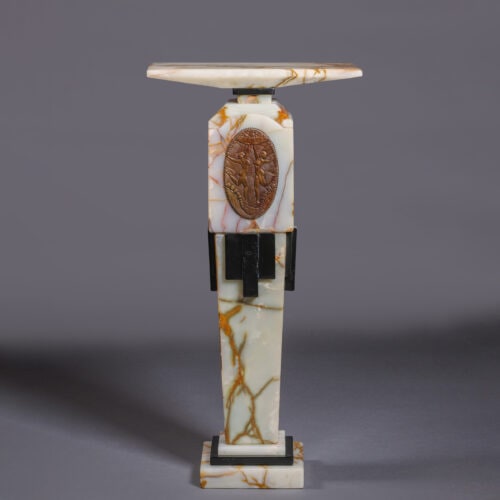François Linke
A Rare Belle Epoque Gilt-Bronze Mounted Vitrine Pedestal
£38,000
A Rare Belle Epoque Gilt-Bronze Mounted Vitrine Pedestal By François Linke, Paris. Signed 'F. Linke / Paris'. The reverse of the bronze mounts stamped...
Dimensions
Height: 138 cm (55 in)Width: 48 cm (19 in)
Depth: 38 cm (15 in)
Description
A Rare Belle Epoque Gilt-Bronze Mounted Vitrine Pedestal By François Linke, Paris.
Signed ‘F. Linke / Paris’. The reverse of the bronze mounts stamped ‘FL’.
The top is of fleur de pêcher marble with ogee cut edge above a frieze with gilt-bronze acanthus mounts. The front angles mounted with espagnolettes busts. The tapering sides and front cupboard door glazed. The top of the door is inset with a plaque signed ‘F. Linke / Paris’. The interior is fitted with two glass shelves. The apron with Linke’s signature mount of a water-spilling shell.
Pedestals by Linke have always been desirable and were a mainstay of his output from the earliest years of his production. However, vitrine pedestals with glazed sides are very rare. The most famous model is Index Number 512, which is a pedestal with four glazed sides, of which four examples were ordered by King Rama V of Thailand and are at the Vimanmek Mansion Museum, Bangkok. Index Number 512 was also made with marquetry panelled sides and three glazed sides, and a pair of the latter were supplied for the King’s study at the Ras El Tin Palace in Alexandria, Egypt.
The gilt-bronze frieze to the present variant differs from Index Number 512, and this version is probably register number 1422, listed in the price list of circa 1901 as a ‘gaine vitrine Louis XV’, with a glazed door and sides. Made from 1907 the retail price of the vitrine version was 2,000 French francs in 1901 but had risen sharply to 16,400 by the 1926 revision.
France. Circa 1910.
Date
Circa 1910
Origin
France
Medium
Gilt-Bronze Mounted Mahogany
Signature
Signed 'F. Linke / Paris'. The reverse of the bronze mounts stamped 'FL'.
François Linke (1855 – 1946) was the most important Parisian cabinet maker of the late nineteenth and early twentieth centuries, and possibly the most sought after cabinet maker of his period.
He was born in 1855 in the small village of Pankraz, in what is now the Czech Republic. Records show that Linke served an apprenticeship with the master cabinetmaker Neumann, then in 1875 at the age of 20 he arrived in Paris where he lived until he died in 1946.
It is known that the fledgling Linke workshops were active in Paris in the Faubourg St. Antoine as early as 1881, and during this time he supplied furniture for other more established makers such as Jansen and Krieger.
The quality of Linke’s craftsmanship was unsurpassed by any of his contemporaries and reached its peak with his spectacular stand at the Paris Exposition Universelle in 1900, where his Grand Bureau took the gold medal. He gambled his fortune and reputation on this stand, exhibiting several breathtaking items of furniture with sculptural mounts of the most exceptional quality and proportion. His gamble worked and his reputation was established to such an extent that Linke continued to be the pre-eminent furniture house in Paris until the Second World War.
As the Art Journal reported in 1900 on Linke’s stand:
‘The work of M. Linke … was an example of what can be done by seeking inspiration amongst the classic examples of Louis XV and XVI without in any great sense copying these great works. M. Linke’s work was original in the true sense of the word, and as such commended itself to the intelligent seeker after the really artistic things of the Exhibition. Wonderful talent was employed in producing the magnificent pieces of furniture displayed….’
The formation of Linke’s distinctive style was made possible by his collaboration with the sculptor Léon Messagé. Together Linke and Messagé designed furniture for Linke’s 1900 exhibition stand, with exuberant allegorical figures cast in high relief, that exemplified Linke’s ability to seamlessly merge the different mediums of wood carving, bronze and marquetry into a dynamic unified whole.
Today Linke is best known for the exceptionally high quality of his work, as well as his individualism and inventiveness. All of his work has the finest, most lavish mounts, very often applied to comparatively simple carcasses. The technical brilliance of his work and the artistic change that it represented were never to be repeated.
Bibliography:
Payne, Christopher. François Linke, (1855 – 1946), The Belle Époque of French Furniture, Antique Collectors’ Club, (Woodbridge, UK), 2003.
Meyer, Jonathan. Great Exhibitions – London, New York, Paris, Philadelphia, 1851-1900, Antique Collectors’ Club, (Woodbridge, UK), 2006; pp. 298 – 300.
Ledoux – Lebard, Denise. Les Ébénistes du XIXe siècle, Les Editions de l’Amateur, (Paris), 1984; pp. 439-43.
Revue Artistique & Industrielle, (Paris), July-August 1900.
Coral Thomsen, D. (ed), The Paris Exhibition 1900, The Art Journal, 1901; p.341.
C. Payne François Linke, 1855-1946 – The Belle Epoque of French Furniture, Antique Collectors’ Club, Woodbridge, 2003, p. 243, pl. 258 (a vitrine pedestal in the drawing room of the Meyer House, Grosvenor Square, London); p. 257, pl. 273 (one of the pedestals at the Vimanmek Mansion Museum, Bangkok); p. 291, pl. 301 (a pair of pedestals in the King of Egypt’s study at Ras Al-Tin).
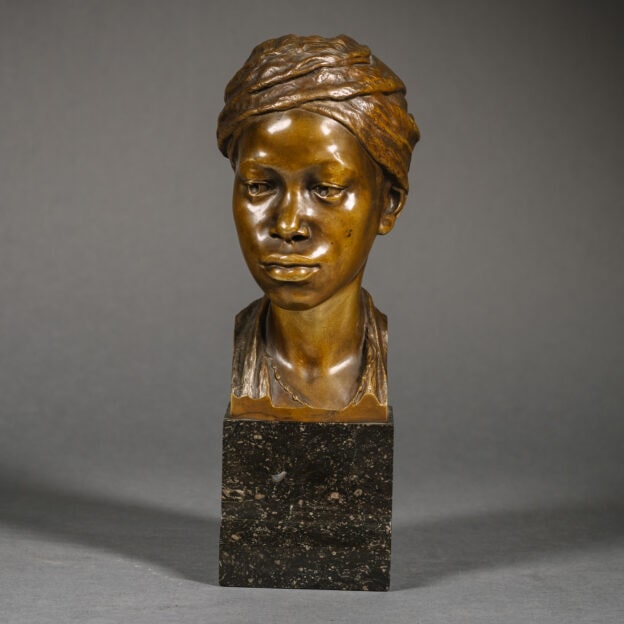




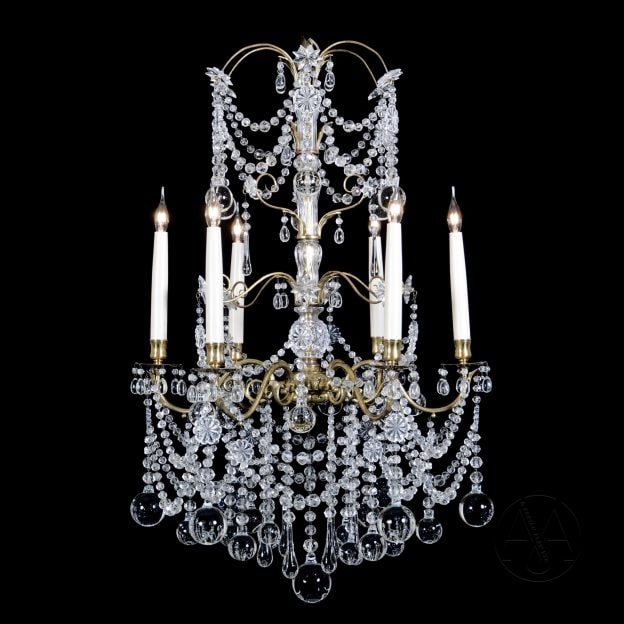

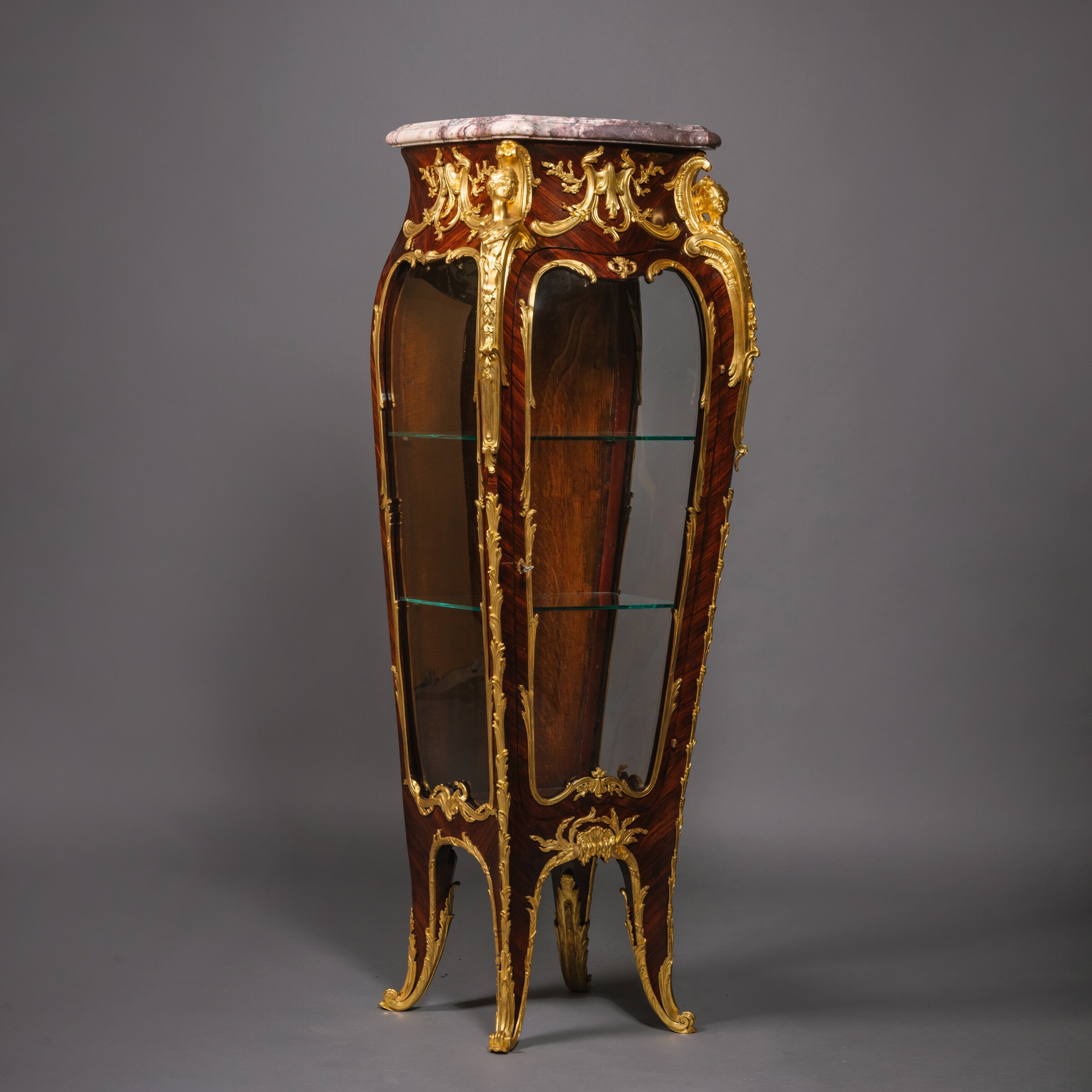
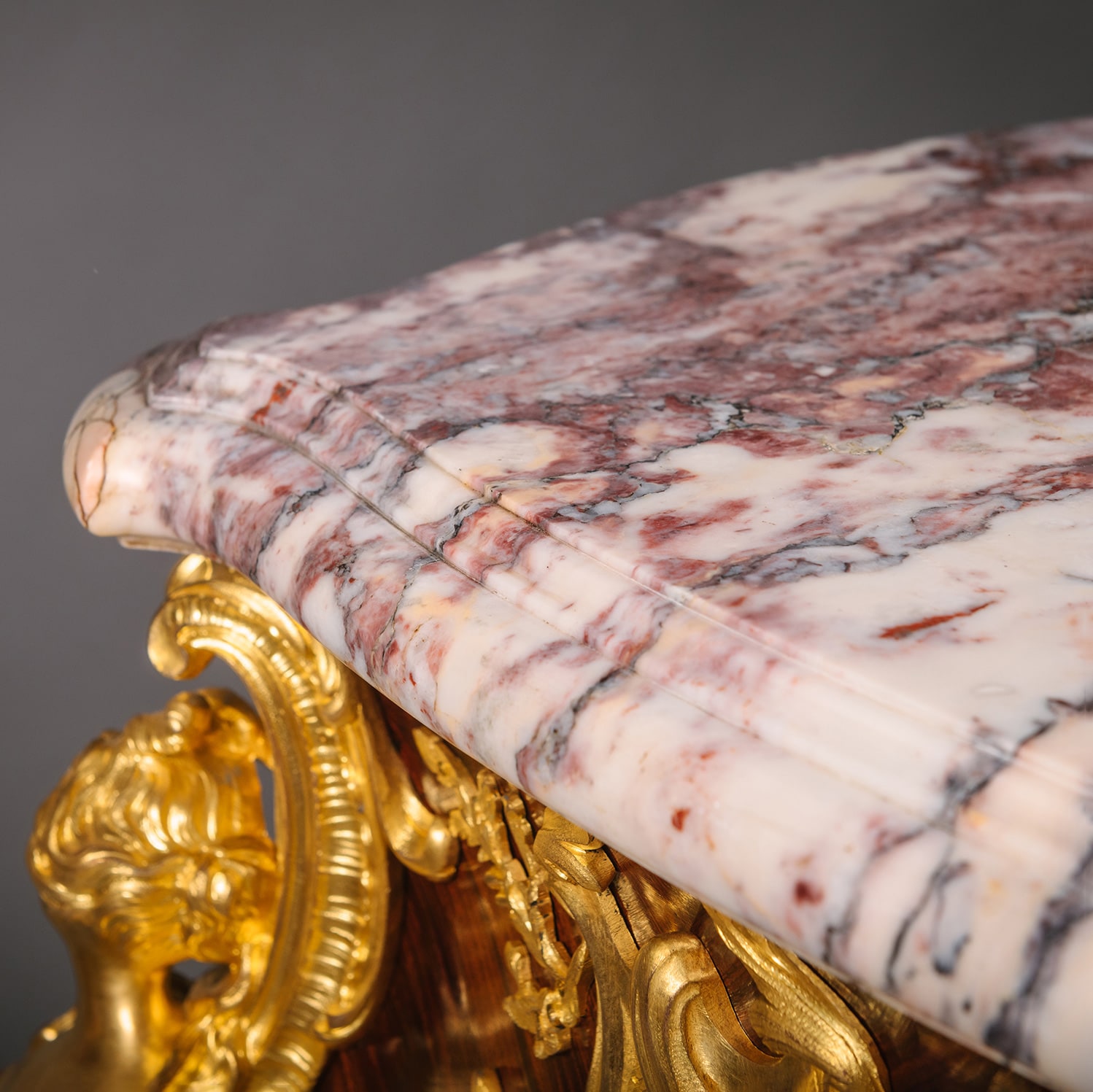

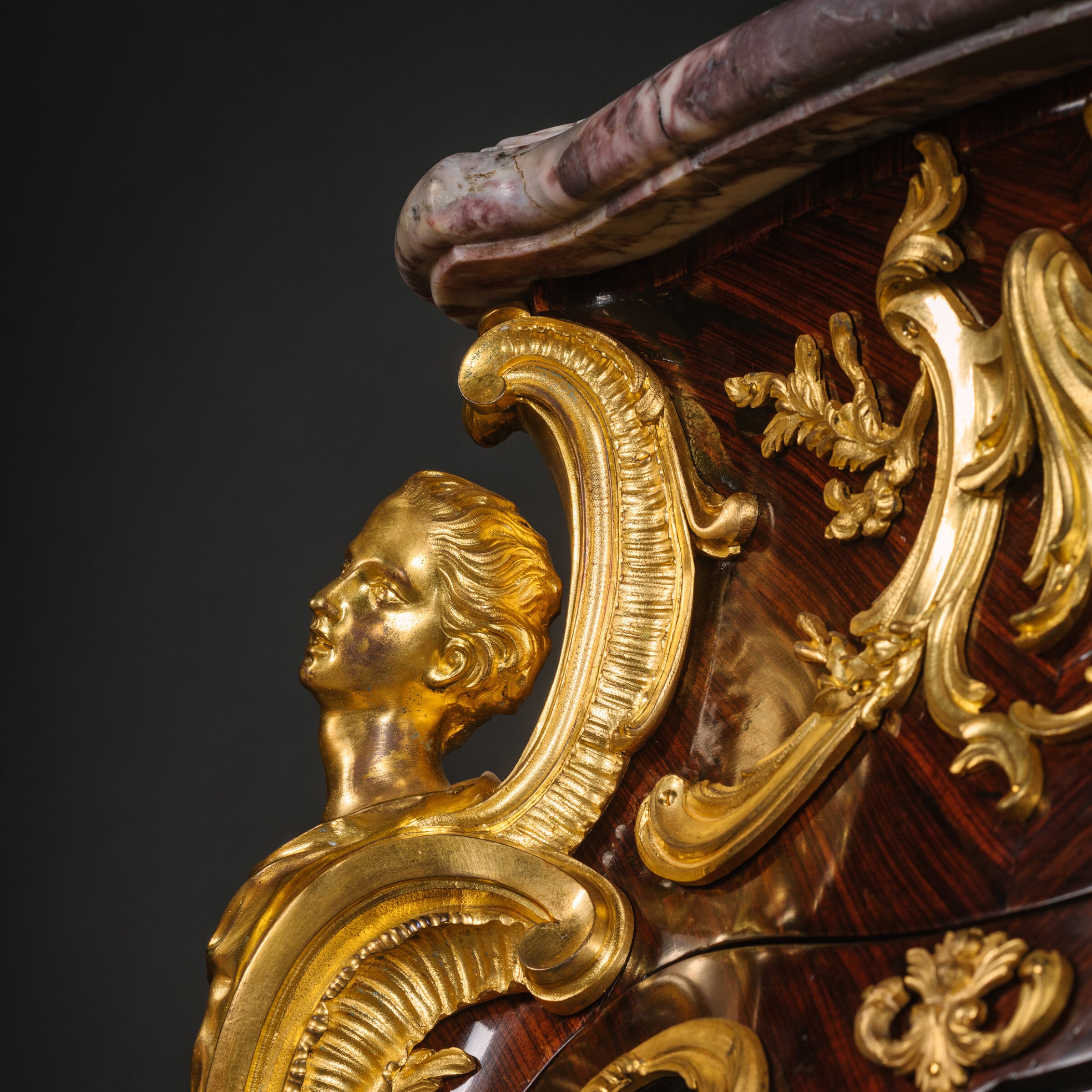
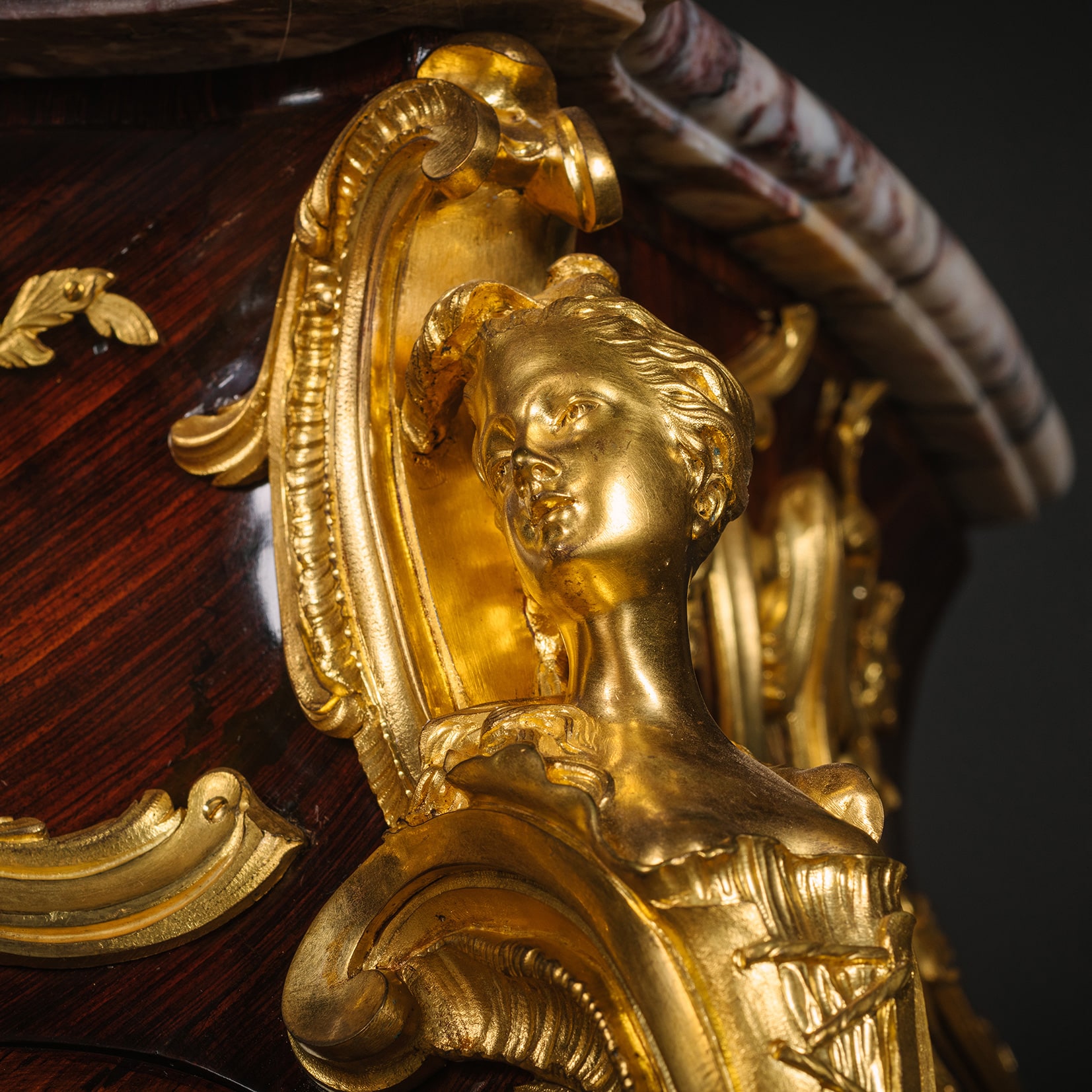
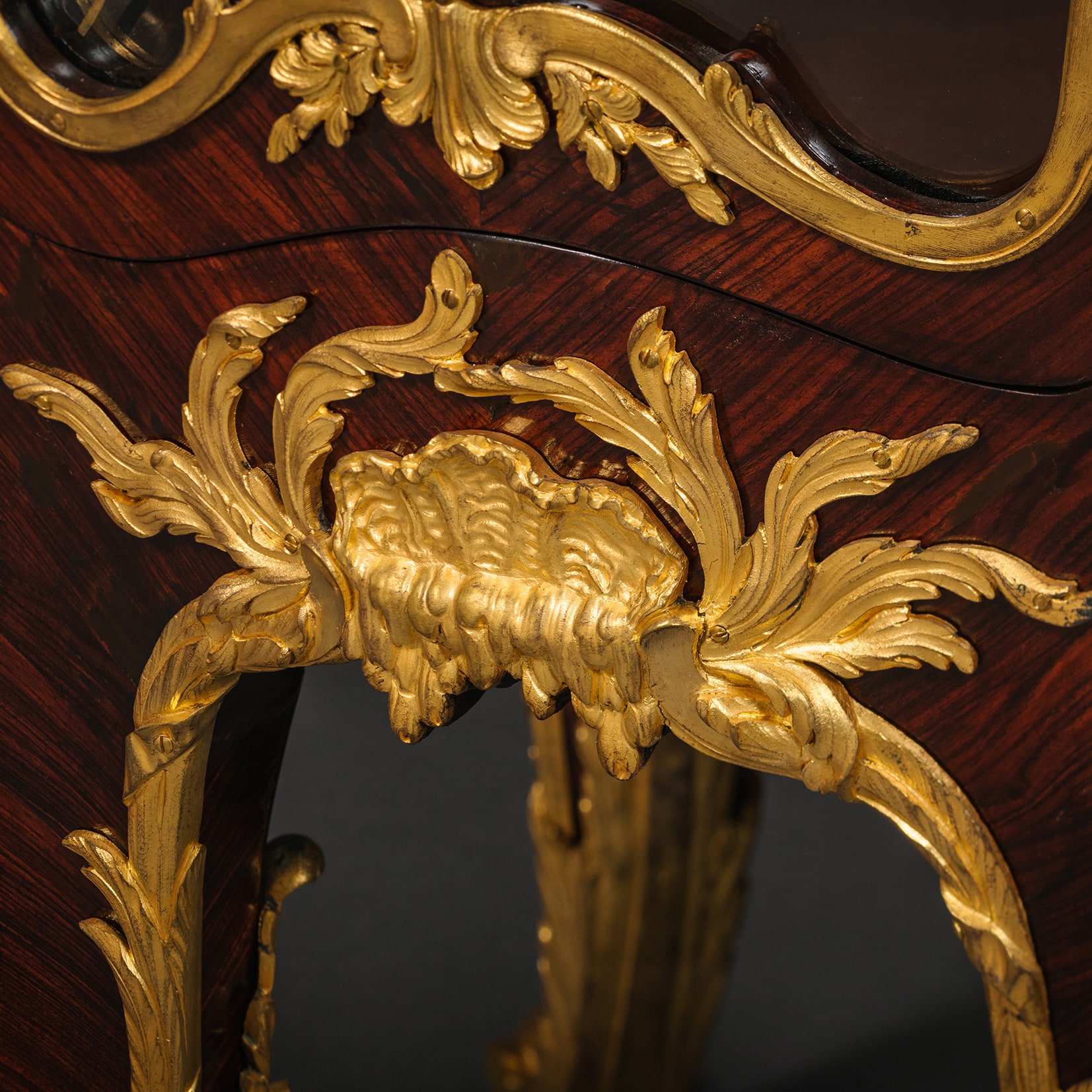
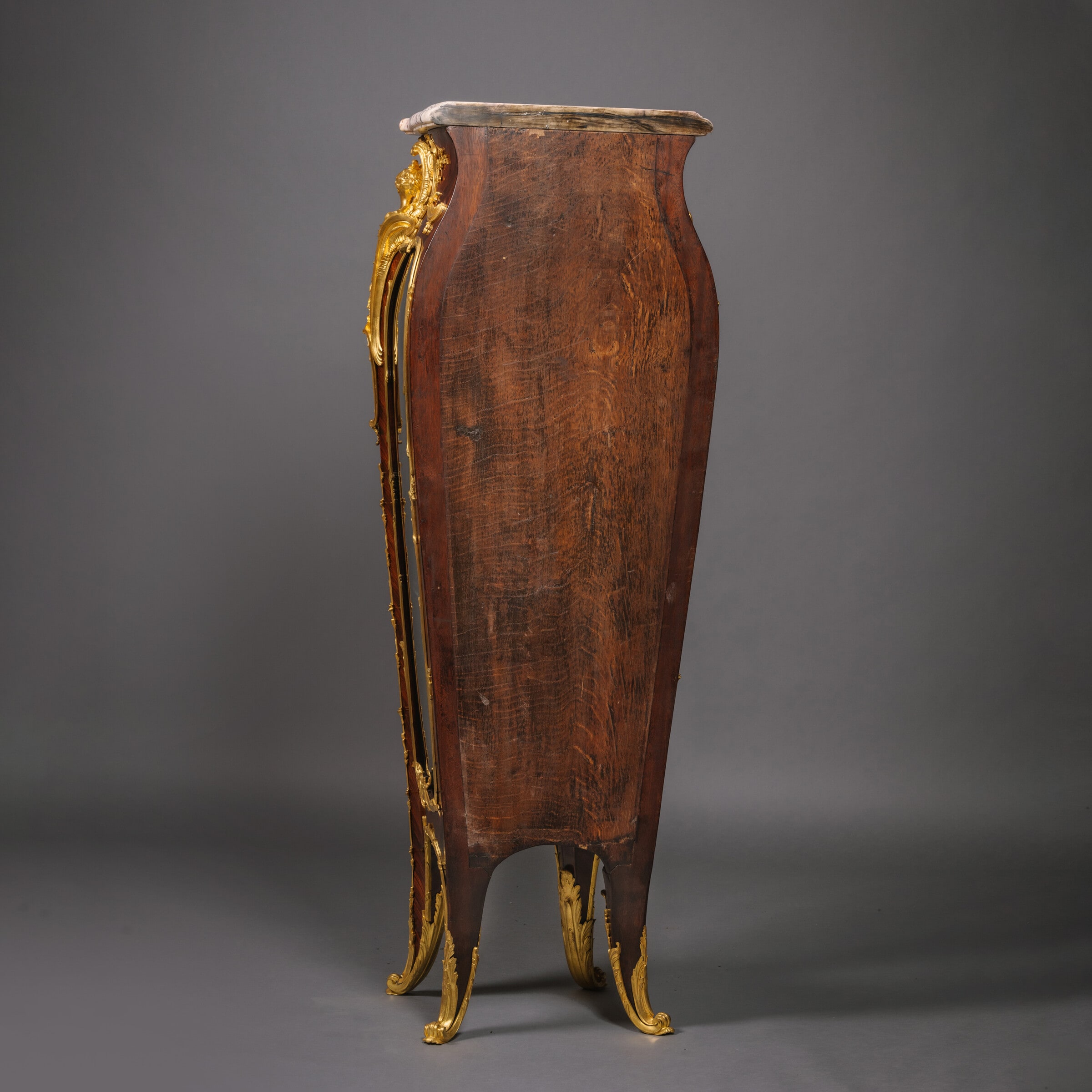

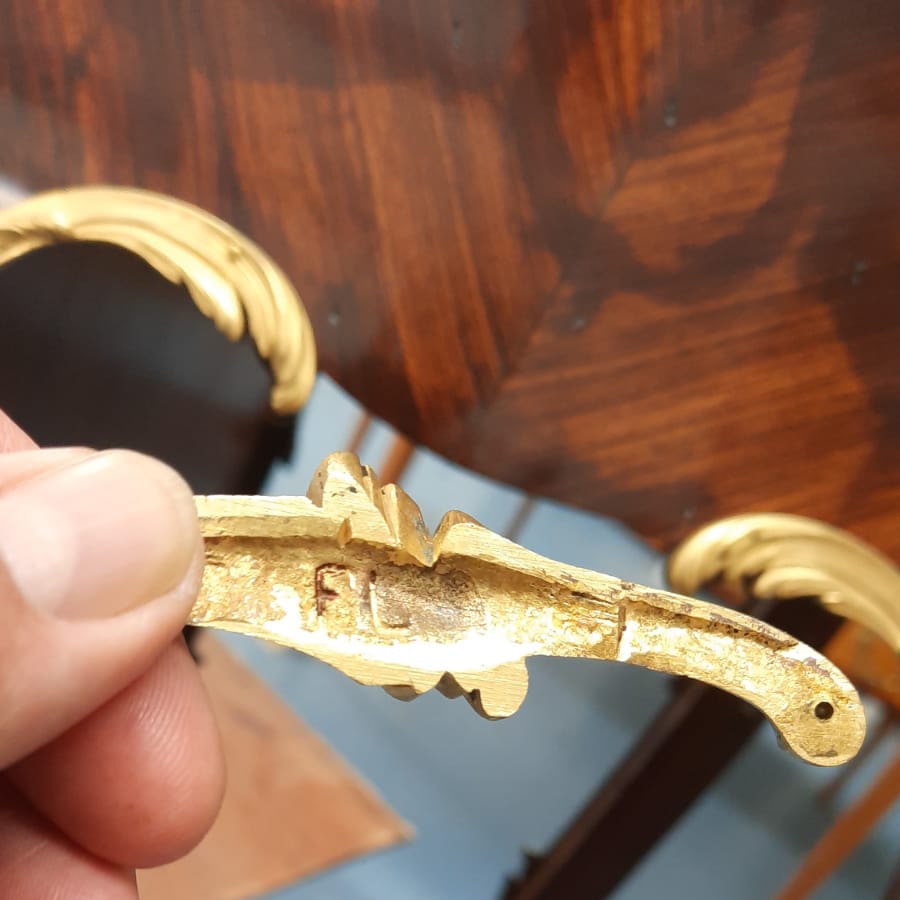

 Print
Print